View this post as a presentation
What is Technical Integrity?
Technical integrity is the confidence that products and services meet Design and Specified Requirements, including their specified lifecycle.
What are design & specified requirements?
- Internal
- Customer
- Regulatory or statutory
- Codes & standards
- Industry-specified codes and standards
Technical integrity may be further extended into subcategories to the extent necessary, for example:
- Dimensional stability (e.g., calibration to ISO 17025)
- Design input (comprehensive input containing all specified requirements)
- Product realization equipment maintenance, maintaining product tolerances
- Post-delivery, user manuals, maintenance requirements, product or service life cycle
- Production processes and processes requiring validation
Technical Integrity applies to all industries, product and services (i.e., to the point of realization: understanding)
Why technical integrity?
Technical Integrity is focused on prevention.
- TRAGEDY
- Product or system failures
- Catastrophic disaster (e.g., explosions, fires, pollution, contamination, spills to environment, death)
- LEGAL
- Statutory, regulatory
- Loss of product technical integrity
- Conformance vs. compliance
- Contractual
- Nonproductive time
- SYSTEMIC
- Customer dissatisfaction
- Supply chain quality
- Product escapes
- Risk reduction
How is Technical Integrity integrated into an organization?
Technical integrity extends to all departments, for example engineering, sales and marketing, purchasing, quality, operations, field services.
Ensuring all departments understand how specified requirements are identified, through:
- Clear definition of the organization’s product or service
- Incorporation of other specified requirements into its product or service and processes (i.e., customer, regulatory, industry)
- How each department communicates that as part of its input and output, for example:
- Engineering through design input and output
- Sales through clearly documenting customer requirements
- Purchasing through maintaining technical requirement flow-down to the supply chain
- Quality through verification points such as receiving inspection, participation in contract review meetings
- Production through incorporating industry or design specified requirements from codes and/or standards
- Field Service through installation, test, service and maintenance requirements
How can Technical Integrity be incorporated into the internal audit?
In auditing, Technical Integrity will include technical + quality requirements.
- Utilization of personnel competent in the areas being audited
- Supplement the audit with subject matter experts
- Specialized technical checklists could be developed, for example:
- Design & Development, Contract Review, Purchasing, Inspection & Testing
- Processes Requiring Validation:
- Welding
- Heat treating
- Nondestructive examination (see examples)
- Plating
- Coating
- Outsourced Services (see examples)
- Calibration
Examples
From the Oil & Gas Industry, including manufacturing and metals industries
Nondestructive Examination
| # | Topic | Requirement Specified Through | Via |
| 1. | QMS Requirements | Applicable QMS: 9001, Q1, Q2 | Specified Standard |
| 2. | Personnel Competence | ASNT-TC-1A Qualification of NDT Personnel American Society for Nondestructive Testing |
Spec 6A |
| 3. | Method: Magnetic Particle Inspection | ASTM E709 ASTM International Standard Guide for Magnetic Particle Testing |
Spec 6A |
| 4. | Acceptance Criteria | Specified by API Product Specifications such as API Spec 6A, Specification for Wellhead and Tree Equipment | Spec 6A |
Notes:
- Pay attention to the interaction of external requirements that may have to be integrated into your processes.
- In this example there are 3 different external documents that have been identified.
- Determine how they have been integrated into your quality management system.
Outsourced Services
| # | Standard | Title |
| 1. | Standard 20D | Qualification of Nondestructive Examination Services |
| 2. | Standard 20G | Welding Services |
| 3. | Standard 20H | Heat Treatment Services – Batch Type Furnaces |
| 4. | Standard 20J | Qualification of Distributors of Metallic Materials |
| 5. | Standard 20L | Qualification of Polymeric Seal Manufacturers |
| 6. | Standard 20M | Qualification of Suppliers of Machining Services |
| 7. | Standard 20N | Heat Treatment Services – Continuous Line |
| 8. | Standard 20S | Qualification of Additively Manufactured Metallic Materials |
What additional topics should our internal audit checklists include?
-
- Process to be audited
- Inputs/outputs
- Procedures, work instructions, forms
- Acceptance criteria
- Required equipment
- Calibration of inspection, measuring, testing, monitoring and detection equipment
- Qualification of personnel
- Use of specific methods, including identified operating parameters
- Identification of acceptance criteria
- Requirements for records
- Revalidation
How can I visualize all these requirements?
- High-level MindMaps
- Matrices
- Topic specific checklists, input/output diagrams
How can my organization ensure technical integrity?
Through specifying the following and maintaining consistency in all aspects of your quality management system.
- Identify
- Specify
- Convey
- Implement
- Verify
- Maintain


